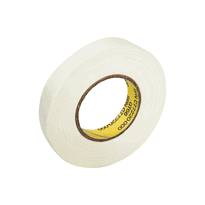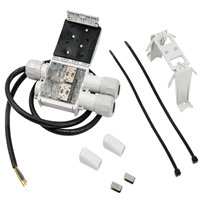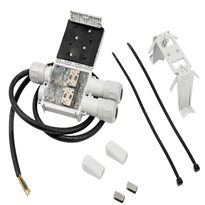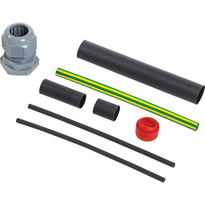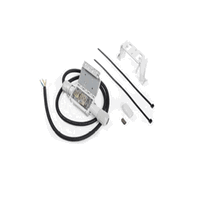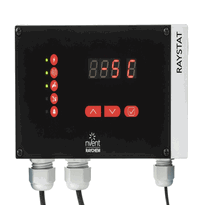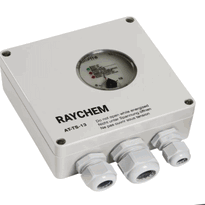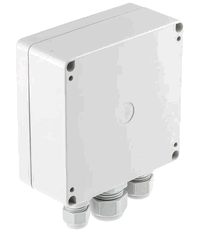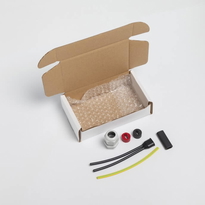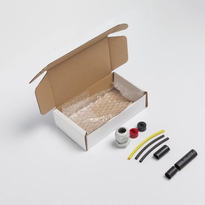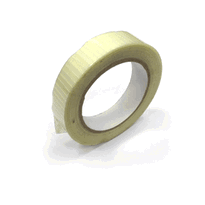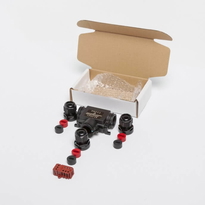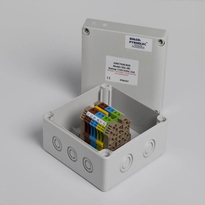Heated Pipe Insulation
Heated pipe insulation involves a range of materials such as mineral wool, glass wool, and flexible elastomeric foam. These materials are selected based on their ability to withstand high temperatures, provide moisture resistance, ensure mechanical durability, and meet fire safety standards. The primary purposes of pipe insulation include minimizing heat loss, preventing pipes from freezing during cold weather, and reducing condensation, which could lead to corrosion or pose safety hazards.
Application of heated pipe insulation varies from industrial piping systems to building services, contributing significantly to energy efficiency and operational safety. Understanding the specific environmental conditions and performance requirements is essential to optimize the effectiveness of insulation solutions. This focus on proper insulation design is a critical aspect of system safety and energy conservation, ensuring reliable and efficient operation of plumbing and heating systems across the UK.
Common Materials for Heated Pipe Insulation
When selecting materials for heated pipe insulation, it's essential to understand the various options available, each offering different thermal, fire-resistant, and moisture-proof properties suited to specific industrial and commercial applications. Mineral wool, made from inorganic mineral fibers bonded with organic binders, performs effectively at high temperatures and possesses excellent fire resistance. This makes it ideal for industrial pipework exposed to elevated heat levels. Its rigid structure also provides good soundproofing and thermal performance, contributing to energy efficiency and safety. [Mineral wool can withstand temperatures well above 500°C,] making it suitable for demanding thermal environments. Additionally, mineral wool's fire-resistance properties enhance safety in high-temperature applications.
Glass wool, similar in form to mineral wool but composed of glass fibers, offers comparable thermal and acoustic benefits. Its lightweight and flexible nature allows for ease of installation over pipes with complex or irregular shapes, making it a versatile choice across various settings.
Flexible elastomeric foam, manufactured from rubber such as NBR or EPDM, features a closed-cell structure that resists water vapour penetration and prevents condensation. Its flexibility facilitates straightforward application over curved or irregular pipes, reducing installation time and improving the overall effectiveness of the insulation. Moreover, its moisture resistance properties help prevent corrosion and deterioration of pipe components.
Polyurethane, polyisocyanurate, foam glass, polystyrene, and polyethylene further diversify the selection based on specific requirements such as fire safety, moisture resistance, flexibility, and temperature tolerance. These materials enable tailored insulation solutions that meet the precise demands of each installation, enhancing safety, efficiency, and durability in the long term.
Factors Influencing Insulation Material Selection
Selecting appropriate insulation materials for pipes involves considering multiple factors that directly influence performance, safety, and durability. One key consideration is temperature range, as materials must withstand specific operating temperatures without degrading; for example, polyethylene foam is suitable for domestic hot water systems up to 93°C, whereas phenolic foam performs effectively between -50°C and +120°C. Material temperature tolerance also determines the longevity and reliability of the insulation in different environments, ensuring it maintains its insulating properties over time. Environmental conditions also play a critical role. Pipes installed outdoors require UV-resistant materials such as elastomeric foam, while moisture resistance is essential in damp settings to prevent damage and mold growth. Thermal properties, measured by the K-value, determine insulation effectiveness, with lower K-values indicating better energy retention and heat transfer reduction. Mechanical factors, including ease of installation and durability against physical damage, influence material choice—especially in industrial or challenging environments. Insulation system performance also depends on compatibility with heating systems, ensuring material efficiency and system safety over the long term. Lastly, cost considerations and long-term energy efficiency are important, as a higher initial investment in suitable insulation can lead to significant savings over time through reduced heat loss and energy consumption.
Industrial Applications of Heated Pipe Insulation
Industrial applications of heated pipe insulation play a vital role in ensuring operational safety, efficiency, and system durability across various sectors. This type of insulation is crucial for preventing pipe freezing, which can cause costly downtime and pipe bursts in cold climates. It also helps maintain consistent temperatures within pipelines, ensuring the stability and smooth operation of processes in industries such as chemical manufacturing and steam transportation. Furthermore, heated pipe insulation minimizes condensation and corrosion on cold surfaces, thereby extending the lifespan of piping systems and reducing maintenance requirements. The insulation can be designed with various materials, including metal jacketing and foam, to suit specific environmental conditions. In addition, it serves a significant function in fire safety by providing fire-resistant barriers in hazardous environments. The insulation also contributes to noise reduction and vibration control, creating a safer and more comfortable working environment. Proper insulation installation enhances overall system performance and prevents energy loss, which is essential for operational efficiency. These diverse applications highlight the importance of proper heated pipe insulation in safeguarding industrial systems, enhancing operational performance, and supporting compliance with safety standards.
Enhancing Safety and Energy Efficiency With Insulation
Heated pipe insulation plays a vital role in enhancing safety and energy efficiency within both residential and industrial settings. By creating a protective barrier around pipes, it helps prevent contact with high-temperature surfaces, reducing the risk of burns and other injuries. This is particularly important in environments where hot water pipes or heating systems are in regular use. Proper insulation can also extend the lifespan of pipes by protecting them from temperature-related damage. Additionally, insulating pipes efficiently can minimize heat loss, which not only conserves energy but also maintains the system's overall performance. In addition to safety benefits, pipe insulation minimizes heat loss along piping systems. This helps maintain consistent temperatures, which can significantly reduce energy consumption and lower utility costs. By preventing heat from escaping, insulated pipes contribute to a more efficient heating system overall. Insulation also helps prevent condensation formation on cold pipes, which can lead to mould growth or slippery surfaces, thereby improving safety further. Moreover, it reduces noise resulting from water movement within pipes, creating a quieter and more comfortable indoor environment. In colder regions of the UK, pipe insulation is essential in preventing pipes from freezing and bursting. Frozen pipes can cause water damage and safety hazards, and insulation provides a safeguard against these issues. Choosing the right type of insulation material ensures maximum effectiveness and durability, especially in extreme weather conditions. Maintaining proper pipe temperatures through insulation supports the overall safety and efficiency of the system. In summary, heated pipe insulation not only enhances safety by preventing burns and reducing hazards but also promotes energy efficiency by conserving heat and preventing losses. It's a crucial component of effective building systems, contributing to safer, quieter, and more economical operations across a variety of settings.
Conclusion
In summary, selecting appropriate heated pipe insulation requires an understanding of material properties, environmental conditions, and application requirements. Factors such as thermal resistance, durability, and safety standards influence the choice of insulation materials, which are vital for optimizing energy efficiency and safety. Proper installation and ongoing maintenance further enhance performance in industrial settings. This comprehensive approach ensures effective, long-term protection of piping systems, reducing heat loss, preventing accidents, and supporting operational efficiency across various applications.








